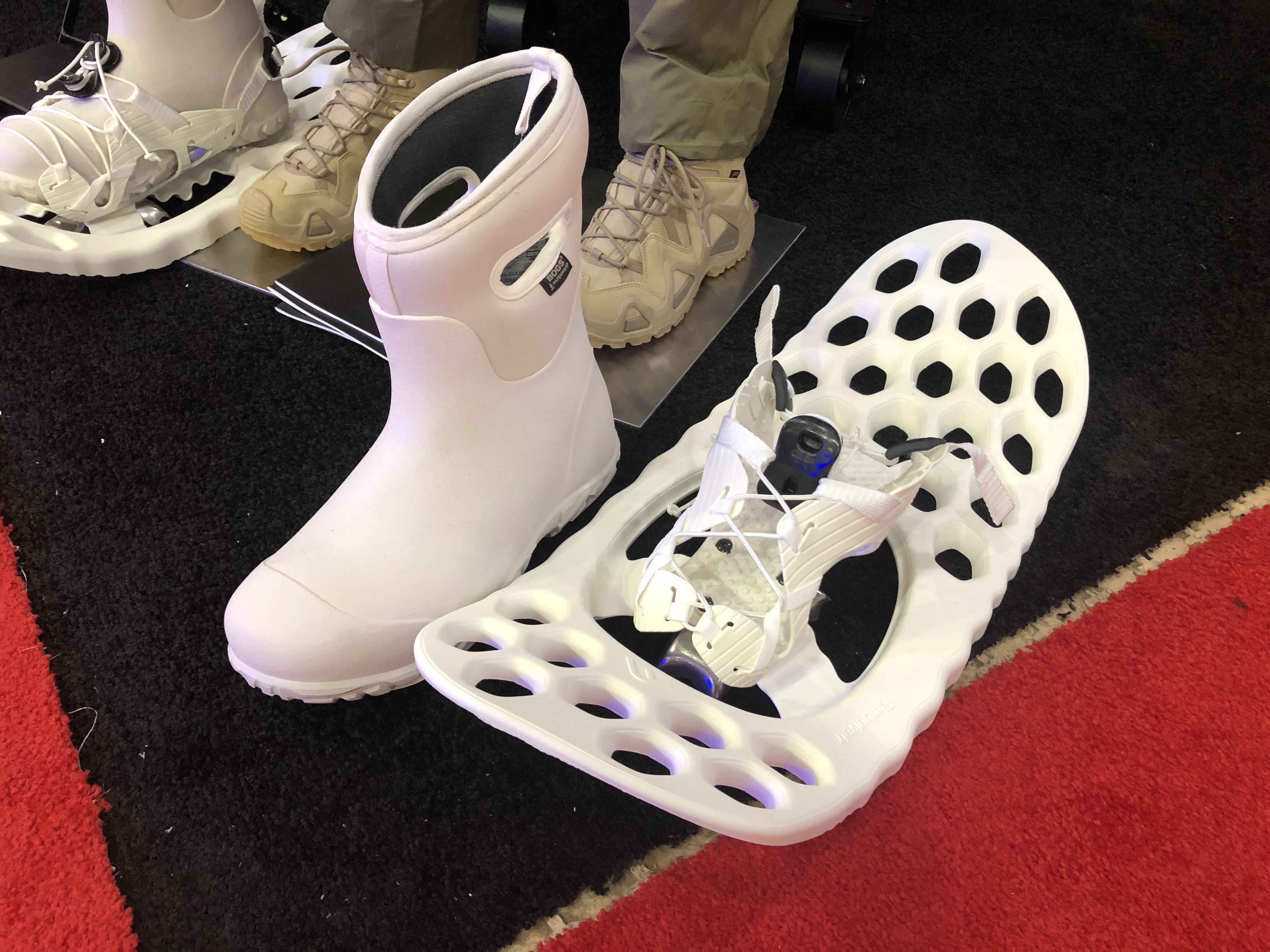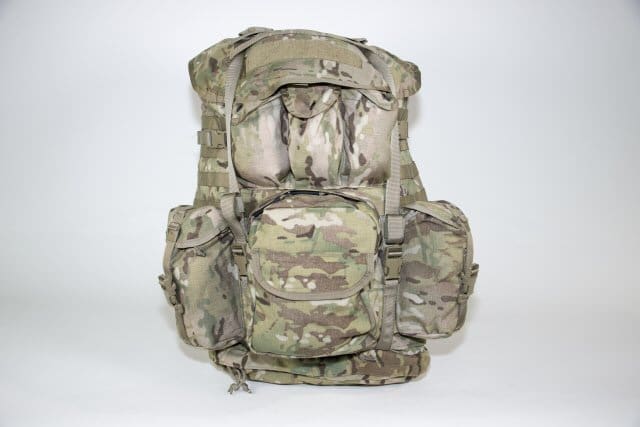Company Response to Questions about Colt Participation in Consumer Markets
WEST HARTFORD, Conn. (September 19th, 2019) – There have been numerous articles recently published about Colt’s participation in the commercial rifle market. Some of these articles have incorrectly stated or implied that Colt is not committed to the consumer market. We want to assure you that Colt is committed to the Second Amendment, highly values its customers and continues to manufacture the world’s finest quality firearms for the consumer market.
The fact of the matter is that over the last few years, the market for modern sporting rifles has experienced significant excess manufacturing capacity. Given this level of manufacturing capacity, we believe there is adequate supply for modern sporting rifles for the foreseeable future.
On the other hand, our warfighters and law enforcement personnel continue to demand Colt rifles and we are fortunate enough to have been awarded significant military and law enforcement contracts. Currently, these high-volume contracts are absorbing all of Colt’s manufacturing capacity for rifles. Colt’s commitment to the consumer markets, however, is unwavering. We continue to expand our network of dealers across the country and to supply them with expanding lines of the finest quality 1911s and revolvers.
At the end of the day, we believe it is good sense to follow consumer demand and to adjust as market dynamics change. Colt has been a stout supporter of the Second Amendment for over 180 years, remains so, and will continue to provide its customers with the finest quality firearms in the world.
Very respectfully,
Dennis Veilleux, President and Chief Executive Officer



































































































































